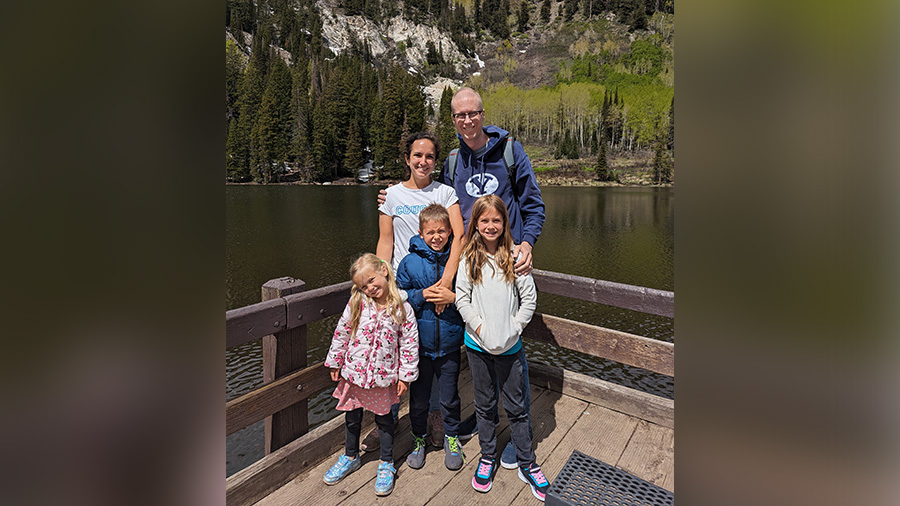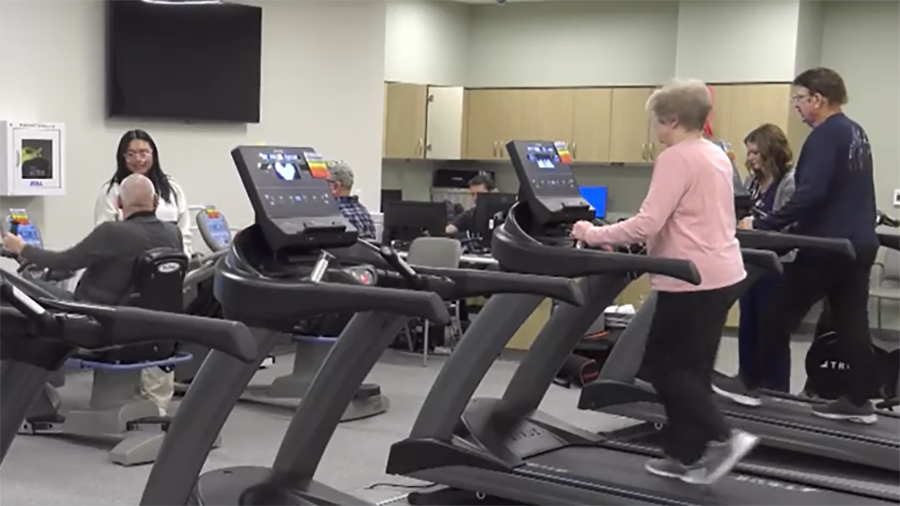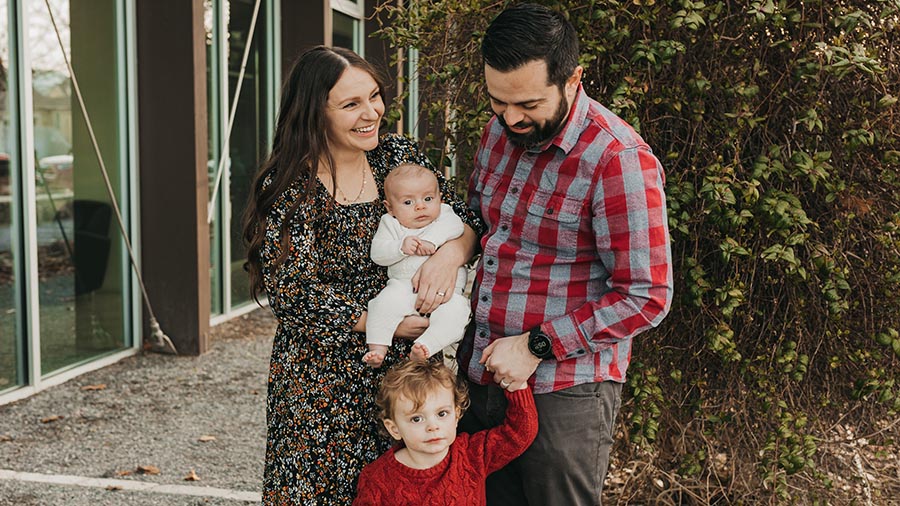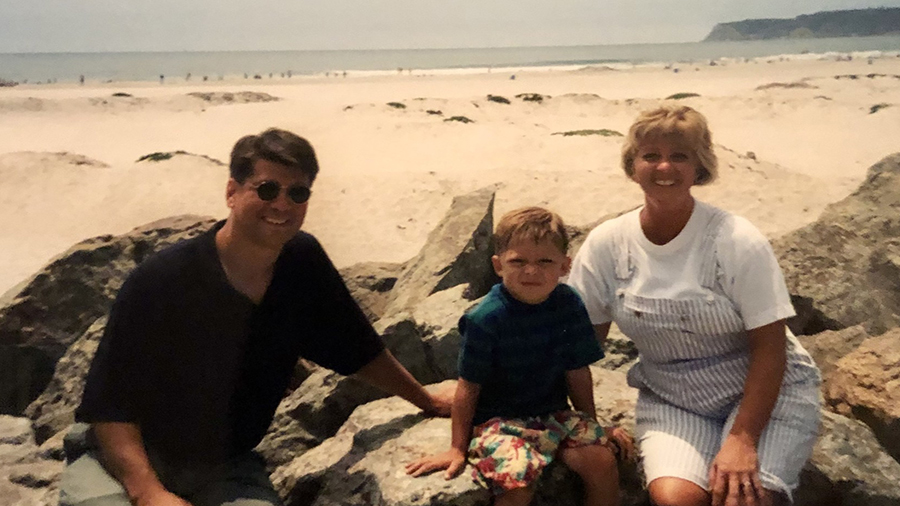Utah Motorcyclist Still Riding After Help From Diabetic Wound Care Management Team
May 21, 2021, 11:18 AM
SALT LAKE CITY — Research shows diabetics who have a non-traumatic lower limb amputation have a higher mortality rate, about 50% in five years. While it’s a sobering stat, with the right interventions, doctors say this is preventable. One Utah man is grateful he got the care he needed.
John Merrick, 69, has ridden motorcycles for more than 50 years. “I’ve traveled. I’ve had a lot of fun,” he said.
He’s toured hundreds of thousands of miles all over Europe, the United States and Canada with his fellow Blue Knights, a motorcycle club for retired law enforcement.
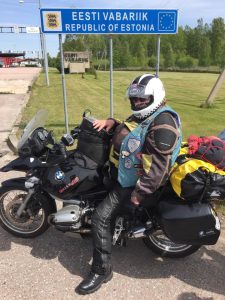
John Merrick has ridden motorcycles for more than 50 years. He’s toured hundreds of thousands of miles across Europe, the United States, and Canada with his fellow Blue Knights, a motorcycle club for retired law enforcement. (John Merrick)
He said there is a sense of freedom he enjoys when he rides that’s unlike anything else. “Just the wind in your face and being there … you’re not an observer, you’re in the moment,” Merrick said.
He tries not to let his health get in the way of his adventures. “I’ve been diabetic since the early ’90s,” he said.
But in March 2019, he had to cut a bike trip in New Zealand short because of an ulcer brought on by diabetic neuropathy. He was only six days into the trip when he realized what had started as a bruise on the top of his foot had turned into an open wound and bone infection.
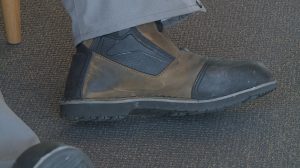
John Merrick suffered a serious wound brought on by diabetic neuropathy. What likely started as a rub wound on the top of his left foot turned into an open wound and infected bone. After surgery to remove the infected bone, and help from a wound vac and hyperbaric oxygen, his foot is now healed. (KSL TV)
Upon returning to the states, Merrick immediately took action. “I spiked a fever and everything kind of went south and I went to the hospital, admitted myself,” he said.
Intermountain Healthcare podiatrist Dr. Anna Hronek was determined to preserve Merrick’s quality of life.
“She says, ‘I’ve looked at your MRI and I want to operate on you tonight. I think I’m about 80% sure I can save your foot,'” Merrick recalled.
“I’d lost other body parts, toes and various things, and I didn’t really have much interest in losing a foot,” Merrick said.
The surgery and skin graft were successful. “He underwent surgery to have infected bone removed. We put in special antibiotic cement basically in his foot and then covered it with a synthetic skin graft,” Hronek explained.
Following surgery, Merrick spent two months in a skilled nursing facility through Veterans Affairs. “The people in physical therapy at the VA taught me how to walk again,” he said. “And they were taking me to wound care once a week and getting bandages changed … We did a number of things trying to get this thing to close up and heal over.”
With the help of a wound vac and hyperbaric oxygen, Merrick’s wound is now healed.
Hronek said a wound vac is a specialized vacuum doctors attach directly to the ulcer. “Research tells us that they help manage drainage or fluid coming out of a wound. They help increase healthy tissue,” she explained.
Hyperbaric oxygen therapy delivers oxygen in a pressurized environment to assist the healing of a wound, Hronek said. “Hyperbaric is basically like a controlled deep-sea dive where they feed extra concentrated oxygen into a tank… (and) as oxygen gets to tissues (it) helps increase perfusion,” she said. “And so in diabetics where maybe their blood flow isn’t super great or a wound that’s suffering … those can be increasingly helpful.”
Hronek said she works together with colleagues in other departments and in the community, like prosthetics and bracing, as a combined wound management and limb preservation team. Their main goal is to help their patients enjoy life, whether that’s riding motorcycles, skiing, hiking, or spending time with their grandchildren.

John Merrick has ridden motorcycles for more than 50 years. He’s toured hundreds of thousands of miles across Europe, the United States, and Canada with his fellow Blue Knights, a motorcycle club for retired law enforcement. (KSL TV)
“Words can’t express how grateful I am to still have both feet,” Merrick said.
“He still gets to do a lot of what he loves because we were able to keep his foot on his body,” Hronek added. But she said this end result doesn’t happen without lots of work from both doctors and the patient.
She explained pressure ulcers are common for those who are immune-suppressed, have diabetes, vascular issues, poor blood flow or neuropathy.
“When you’re diabetic and you don’t have feeling in your feet, it’s called neuropathy and that makes it easy to suffer injury that you may not realize,” Hronek explained.
She said Merrick’s sore likely started as a rub wound in his shoe he couldn’t feel.
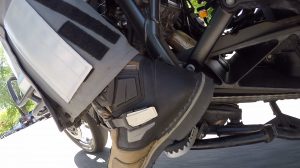
John Merrick suffered a serious wound brought on by diabetic neuropathy. What likely started as a rub wound on the top of his left foot turned into an open wound and infected bone. After surgery to remove the infected bone, and help from a wound vac and hyperbaric oxygen, his foot is now healed. (KSL TV)
“There might have been a wrinkle in the sock that got extra pressure and it starts a wound, and then wounds can just become big problems really fast,” Hronek said.
Today, Merrick is in the habit of routinely looking for new wounds or potential issues. “You get up every morning … to inspect your feet (and) make sure you’re not getting any open sores or anything,” he described.
Hronek urged patients to come in for regular preventative care before something worse develops. “If you see a blister or callus or something you’re worried about, get in right away, don’t wait,” she said. “You should be seen by a podiatrist for regular care — nails and calluses. A lot of times that includes diabetic shoes and inserts, sometimes it’s custom bracing. If you have a deformity, sometimes it’s preventative surgery.”
She also encouraged diabetics to control their illness through diet, which can aid the healing process. “When you’re diabetic, you’re technically immunocompromised. If your sugars are high and the skin isn’t as healthy, your body takes longer to heal.”
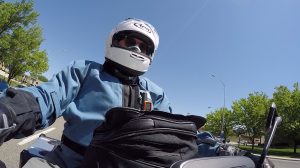
John Merrick has ridden motorcycles for more than 50 years. He’s toured hundreds of thousand of miles across Europe, the United States, and Canada with his fellow Blue Knights, a motorcycle club for retired law enforcement. (KSL TV)
Start by reducing sugar intake, she said. “Sugary sodas are like the worst, but carbs, bread, sugars, candies, rice even. Some of those things are constantly pushing your sugar levels up and over time your body becomes more and more resistant to insulin,” she said. “The number one thing you can do is diet.”
Merrick is no longer insulin-dependent and grateful he still gets to do what he loves. He said it pays off to take care of himself now since it will allow him to continue traveling the world.
“Your body will rehab itself. Give it a chance, take care of it,” he encouraged others.
One day, Merrick hopes to finish his ride in New Zealand.
For more information on wound care treatment options, visit IntermountainHealthcare.org.

